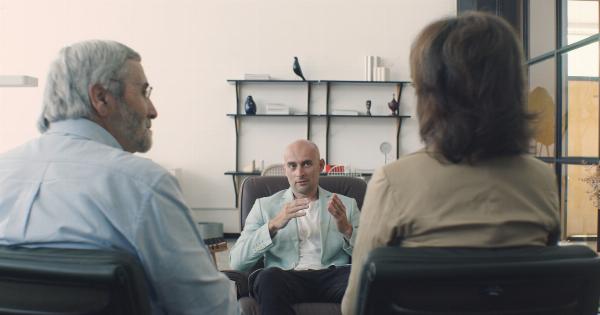The prevalence of cancer in Europe is expected to rise significantly in the coming years, leading to a surge in the demand for radiotherapy.
As the continent prepares to deal with this projected increase, healthcare systems and professionals are exploring ways to ensure that patients have access to timely and high-quality radiation treatment.
The growing burden of cancer
Cancer continues to be a major health concern across Europe, with millions of new cases diagnosed every year. According to the World Health Organization (WHO), cancers accounted for over 1.9 million deaths in Europe in 2020 alone.
Furthermore, the European Cancer Information System (ECIS) predicts a steady increase in cancer incidence rates over the next decade.
The reasons behind the rising prevalence of cancer are multifactorial and include an aging population, unhealthy lifestyles, and environmental factors.
As a result, healthcare systems must be prepared to address the growing burden of cancer, including the demand for radiotherapy.
The role of radiotherapy in cancer treatment
Radiotherapy, also known as radiation therapy, plays a vital role in the treatment of cancer.
It uses high-energy radiation to target and destroy cancer cells, either by directly killing them or by damaging their DNA, preventing them from dividing and growing further.
Radiotherapy can be used as a standalone treatment for certain types of cancer or in combination with other treatment modalities, such as surgery or chemotherapy.
It is effective in treating various types of cancer, including breast, lung, prostate, and colorectal cancer.
The challenges faced by Europe
As the demand for radiotherapy increases, Europe is facing several challenges in meeting the growing needs of patients. These challenges include:.
1. Limited availability of radiotherapy centers
There is a significant variation in the availability of radiotherapy centers across Europe. Some regions have an adequate number of facilities, while others face a shortage.
This imbalance results in disparities in access to radiotherapy treatment, with patients in underserved areas experiencing delays or having to travel long distances to receive care.
2. Insufficient workforce and expertise
Radiation oncology requires a highly skilled workforce, including radiation oncologists, medical physicists, and radiation therapists. However, there is a shortage of trained professionals in many European countries.
This shortage compromises the timely delivery of radiotherapy treatment and can lead to increased waiting times for patients.
3. Aging and outdated equipment
Some radiotherapy facilities in Europe are working with outdated equipment, limiting their capacity to deliver optimal treatment.
The replacement and modernization of aging machines require substantial investment, which may be a challenge for certain healthcare systems facing budget constraints.
4. Financial barriers
In some countries, the cost of radiotherapy can be a financial burden for patients, especially in nations with limited healthcare coverage or high out-of-pocket expenses.
The affordability of treatment affects access and may result in patients not seeking timely care or opting for alternative, potentially less effective treatments.
Addressing the rising demand
Recognizing the challenges ahead, European countries are taking measures to address the rising demand for radiotherapy. These strategies include:.
1. Expanding the number of radiotherapy centers
Efforts are being made to increase the number of radiotherapy centers in underserved regions. This expansion aims to ensure that patients have access to treatment closer to their homes, reducing travel time and improving overall patient experience.
2. Training and recruiting more professionals
Governments and healthcare institutions are investing in the training and recruitment of radiation oncologists, medical physicists, and radiation therapists.
By increasing the workforce capacity, healthcare systems can meet the growing demand for radiotherapy and reduce waiting times for patients.
3. Upgrading equipment and technology
Modernizing radiotherapy equipment is crucial to deliver safe and effective treatment.
European countries are investing in upgrading their existing infrastructure, including the replacement of aging machines with advanced technologies such as intensity-modulated radiation therapy (IMRT) and image-guided radiation therapy (IGRT).
4. Ensuring affordability and accessibility
Efforts are being made to address the financial barriers associated with radiotherapy. Some countries have introduced policies to reduce the out-of-pocket costs for patients or provide financial assistance programs.
Additionally, healthcare systems are working towards universal health coverage to ensure access to radiotherapy for all patients, regardless of their financial situation.
The way forward
The projected increase in the demand for radiotherapy poses a significant challenge for Europe’s healthcare systems.
However, by implementing the strategies mentioned above, European countries can strive towards meeting the needs of patients and ensuring they receive timely and effective radiotherapy treatment.
As Europe braces for the rise in demand for radiotherapy, collaboration between governments, policymakers, healthcare professionals, and patients is essential.
By working together, they can overcome the challenges associated with the growing burden of cancer and provide optimal care to those in need.






















